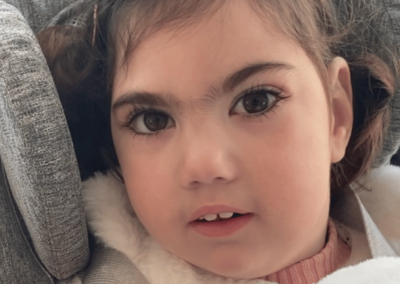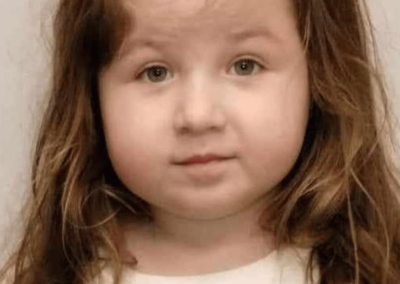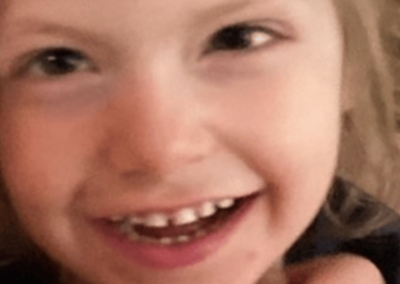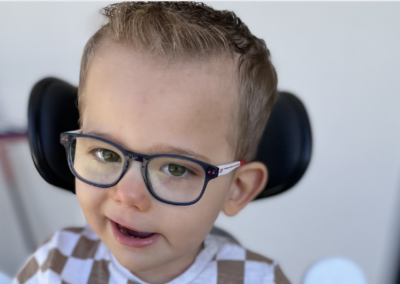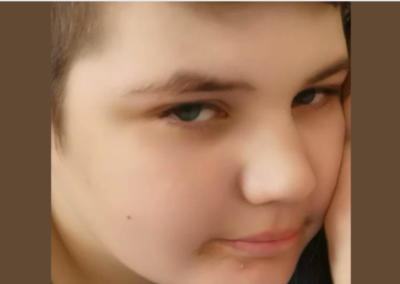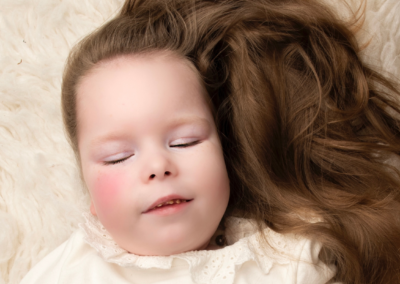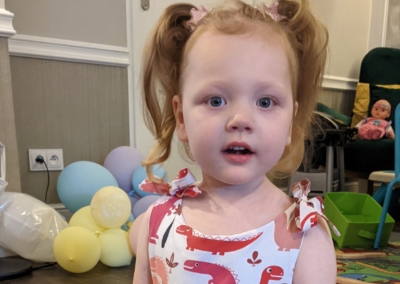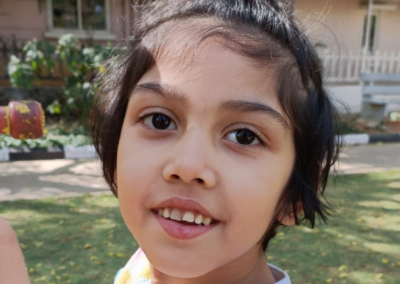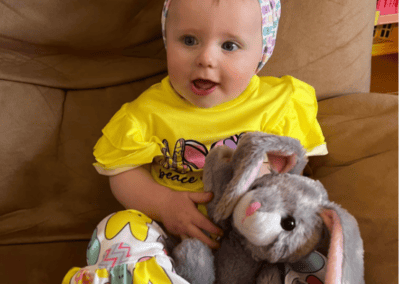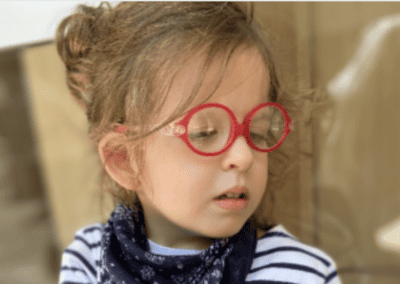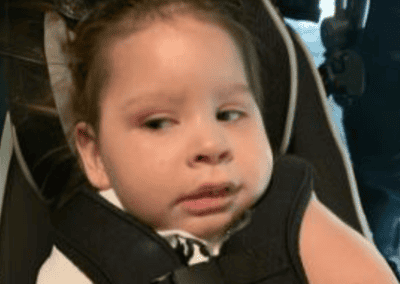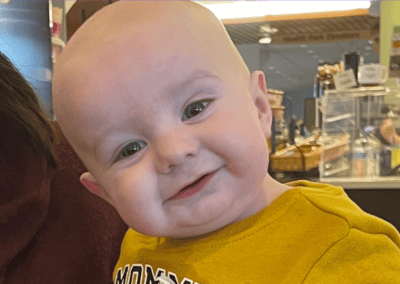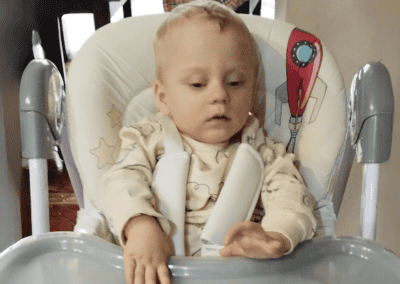
Our vision
Our vision is a future where individuals living with GABA-A Variants experience improved quality of life and have access to personalized treatments. We envision a world where repurposed FDA-approved drugs and gene therapies offer hope and relief to patients, effectively managing symptoms and addressing the underlying genetic causes of GABA-A Variants.

Advancing Scientific Research:
By supporting cutting-edge research initiatives, we aim to expand our understanding of GABA A variants and identify new therapeutic opportunities. Read More

Repurposing FDA Approved Drugs:
Our organization focuses on harnessing the potential of existing FDA approved drugs to repurpose them for GABA A variants. Read More

Developing Gene Therapies:
Our goal is to be at the forefront of researching different gene therapy options for GABA-A Variants. Read More

Promoting Awareness & Advocacy:
We are committed to raising public awareness about GABA A variants and their impact on individuals and families. Read More

Empowering Patients & Families:
We strive to be a trusted resource for patients and their families, providing information on current and future clinical trials. Read More

Welcome
Welcome To The GABA A Variants Cure Community
We are sorry to meet this way but we welcome you with open arms to the GABA A Variants Cure Community. Our shared purpose is to find a cure for GABA A Variants, driven by the unwavering love we have for our children. We believe in pursuing different strategies rooted in genetics, aiming to tackle the core of GABA A Variants from every possible angle.
As a nonprofit organization exclusively dedicated to finding a cure for GABA A Variants, we have developed a comprehensive plan. With a team boasting extensive experience in drug development and business, we ensure our efforts are strategic and effective. We are proud to say that Cure GABA A Variants is currently funding research and we plan to continue to fund research until we meet our ultimate goal of finding a cure.
We invite you to join the GABA A Variants cure community and become an integral part of our progress. Together, we can make a difference.
With warm regards,
The GABA-A Variants Family



